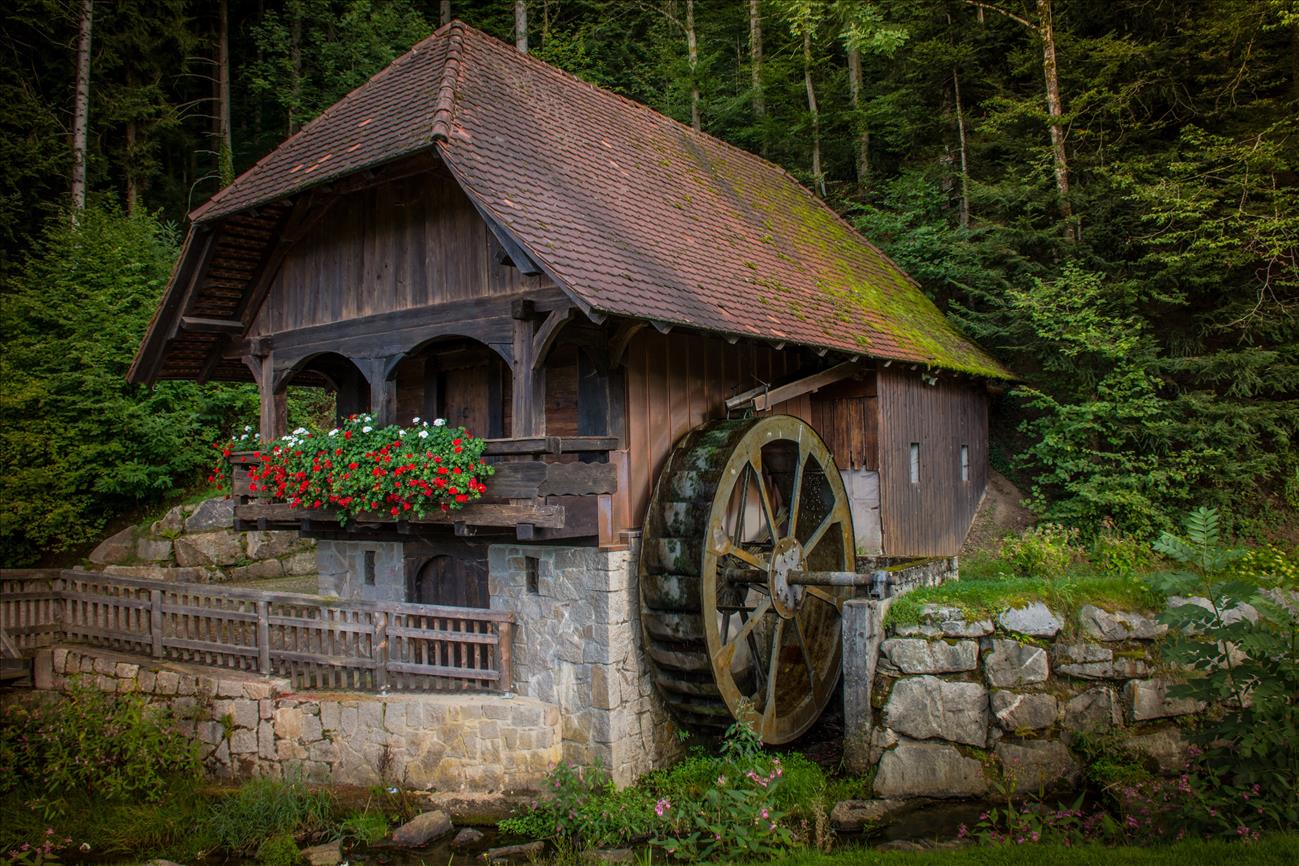Why You Might Need a Whole-Home Generator


What if You Could Power Your Entire Home During Power Outages?
Storms! Transformer failures! Power outages! We all experience them and we’ve all been INCONVENIENCED when they happen. No lights! No fans! Spoiled food!
For most of us, when we lose our power, LIFE JUST STOPS! We’ve all been there. The worst time is in those sweltering summer months when everyone is maxing out their air conditioning and BAM, the whole neighborhood goes dark and life screeches to a halt.
A power outage can disrupt your life—but can also cost you a lot of money. How many times have you lost your entire stockpile of food during a power outage? Or sat huddled in the sweltering dark during a heat wave? Don’t let yourself be a victim. Buy a whole-home generator.
Probably you have friends who have small power generators which they use that are capable of powering a couple of appliances (and keep food from going bad). This is great for summer months or occasional outages, but imagine if you could have ALL of your power back and YOUR LIFE BACK during power failures. Well, that’s exactly what you’ll get with a whole home generator. Imagine if you could get the air back on? And what about colder weather and heat? This is where whole-home generators really set themselves apart from smaller, single-appliance generators.
Who Needs a Whole-Home Generator?
- People telecommunicating from home
- Small businesses
- Older people
- Younger people
- People who live in areas with extreme weather
- People who depend on electrically-powered medical equipment
- Everyone—really, who can afford one
What is Required for Installation of a Whole-Home Generator?
Cost can vary depending on the brand and the size of your home. Installation involves the following:
- Needs assessment
- Making a cement foundation
- Connection to power source (gas or propane lines)
- Changes and additions to electrical wiring and panels
- Installing and configuring a transfer switch
- Pulling permits
How Much Does a Whole Home Generator Cost?
Installation tends to cost around the price of the generator, strangely enough. So, if your generator costs around $5000, expect to spend another $4000-5000 for installation. If you own a really large home (like 5000 square feet), your generator could cost as much as $20,000. The best way to find out if you can afford one is by getting some free estimates.
Of course, if you find it’s too expensive, you can always opt for a manual one or a two-appliance system, which comes as a smaller price tag—$4000-$10,000 installed. These generators are generally not automated, so you will need to educate yourself in operating them, should you have a power outage.
Regardless of the type you choose, make sure you get multiple quotes and find out about labor and manufacturer warranty before sealing the deal. While you may only occasionally need a generator, once that first storm hits and your power goes out, you’ll be glad you did.
